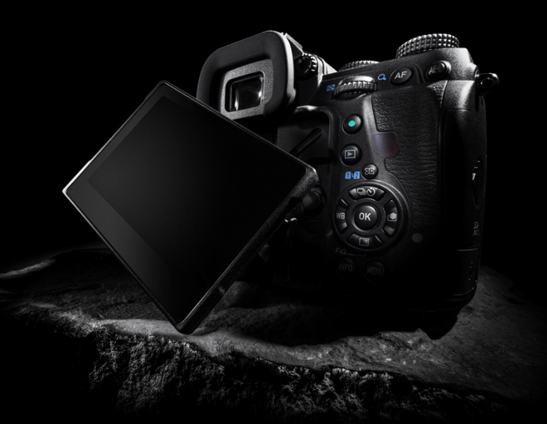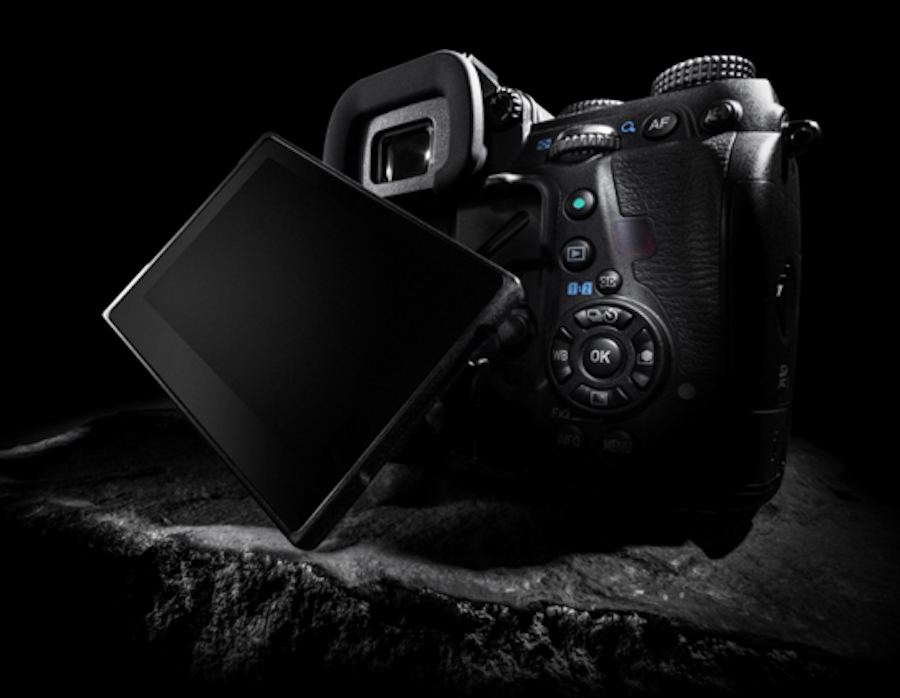

As this also keeps the front of the lens from rotating, they also allow for the use of front-mounted flash units. If shooting live subjects such as insects, look out for internal focus systems these keep the centre of gravity constant while focusing, as well as the length of the barrel so that they don’t disturb the subject. Aside from optical advantages, these may include focus limit switches to limit the range between which a lens focuses, which helps speed up focusing, as well as image stabilisation systems to broaden their use to handheld photography. They also come in a range of focal lengths, with longer lenses more suitable to insects and other live subjects as they allow you to keep a greater distance away from the subject as you shoot.Įven cheap macro lenses can offer excellent quality images, although pricier alternatives do have their benefits. They are always prime lenses, so beware of zoom lenses claiming to offer ‘macro’ capabilities, as these simply may focus slightly closer than normal. True macro lenses offer a 1:1 reproduction ratio, which means they can resolve an image on a sensor at the same size as in real life. As a genre this type of photography is fairly broad, covering everything from flowers and insects to abstract and even food photography. 10.Macro lenses allow you to focus closer to your subjects than conventional optics, which lets you to capture even finer details with greater clarity.Nikon D500 review - Dynamic range, resolution and noise Nikon D500 review - Viewfinder and screen But with this in mind, just how good is it? This means that the chunky D500 now looks like a specialist sports and action camera, where the D300 was much more of an all-rounder.

In general, the market has moved towards smaller, lighter cameras, too. Rather than just competing against a handful of similarly priced APS-C-format DSLRs, photographers these days can choose from a huge range of alternatives, including some exceptionally capable mirrorless compact system cameras and affordable full-frame options. However, the D500 enters a market that’s much more fragmented than when the D300 was born. On paper, it’s the best APS-C DSLR yet seen.
BEST FRAME DSLR 2016 ISO
Nikon proudly claims that it has an extended top ISO of 1.6 million, alongside a 153-point AF system and 10fps shooting.
BEST FRAME DSLR 2016 PROFESSIONAL
Once again, the D500 comes as part of a pair of new releases alongside the professional D5, and once again it has an astonishing headline specification.

But this year it relented and, just in time for a summer of European Championship football and the Olympic Games, produced a genuine successor in the shape of the D500. The D300 underwent a relatively minor refresh with the D300S in 2009, but after that Nikon seemed to abandon the idea, insisting that its D7000-series of enthusiast-focused DSLRs met the needs of the majority of enthusiasts. It rapidly won the hearts of a generation of serious enthusiast and semi-professional photographers, spurring Canon to produce a capable competitor in the shape of the EOS 7D.

Meanwhile, the DX-format D300 was very much a D3-lite, offering many of the flagship’s best features in a smaller body at a fraction of the price. The professional-level D3 was its first full-frame model, with super-fast shooting and an impressive 51-point AF system. Nikon D500 review – Introduction At a glance:īack in 2007, Nikon unleashed a pair of DSLRs that revitalised its line-up and re-established the company as being at least on a par with its rival Canon.


 0 kommentar(er)
0 kommentar(er)
